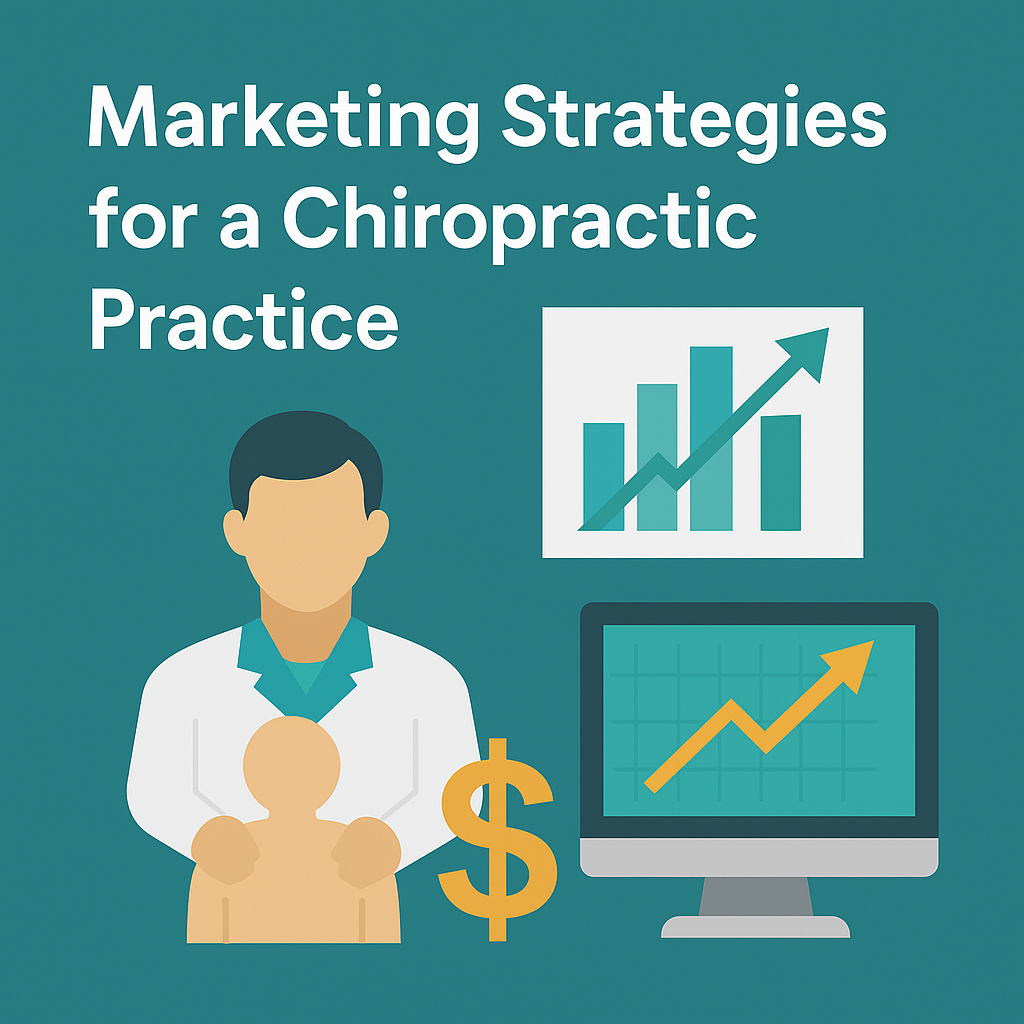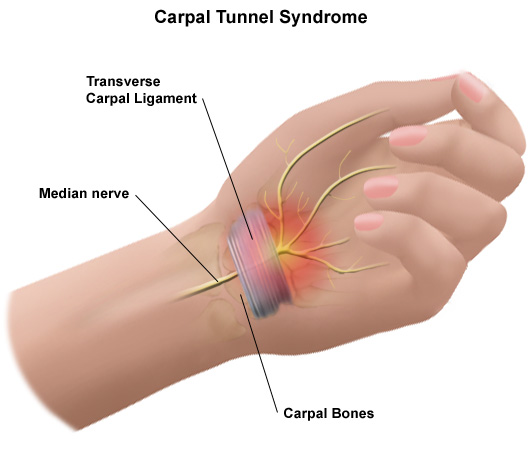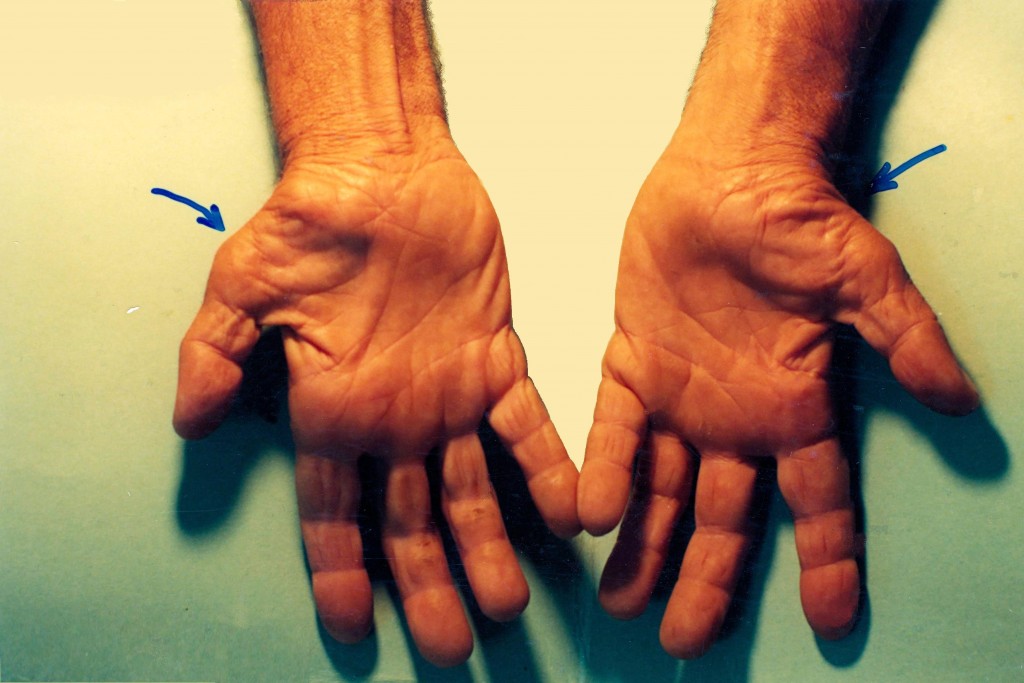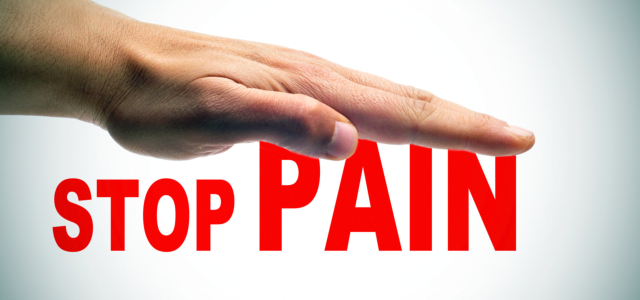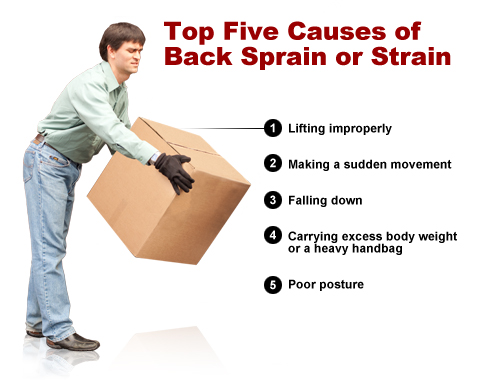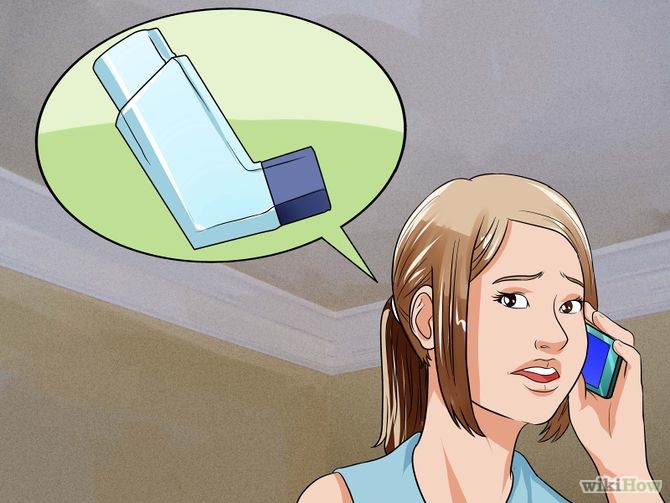At Laussat A. Marie Chiropractic, we understand that delivering excellent patient care is only half the journey to building a thriving practice.
The other half is ensuring that the right people know about your services—and more importantly, trust you enough to walk through your doors. Having spent years growing my own chiropractic practice and diving deep into the world of lead generation, I’ve learned firsthand that smart, strategic marketing is essential for sustainable growth.
When I first opened my clinic, I believed that if I provided great care, the patients would come naturally. And for a time, that was true. Word-of-mouth referrals and community presence fueled steady growth. But as the market became more competitive and patients had more choices, it became clear that relying solely on “being good” wasn’t enough. I realized that intentional marketing had to be part of my strategy if I wanted to thrive, not just survive.
I experimented with everything: print ads in local magazines, hosting workshops, attending health fairs, running Facebook ads, even partnering with local businesses. Some of these efforts brought modest success; others drained my budget with little to show for it. I quickly learned that digital lead generation—properly targeted, optimized, and measured—was the only scalable, reliable way to build a thriving chiropractic practice.
Here are some key strategies that made a real difference for me:
- Hyper-targeted Facebook and Google Ads focused on pain points like back pain, sciatica, pregnancy discomfort, and posture correction.
- Dedicated landing pages with clear, no-friction calls-to-action (“Schedule Your Free Consultation!”)
- SEO optimization for local searches like “best chiropractor near me” or “prenatal chiropractic care.”
- Automated email and SMS follow-up to keep potential patients engaged after the first inquiry.
- Building a brand story around holistic wellness, not just symptom relief.
But what truly transformed my mindset about marketing came when I began researching how other high-touch healthcare industries operate, particularly the IVF (In Vitro Fertilization) field. IVF clinics face many of the same challenges chiropractors do: trust is critical, competition is fierce, and patient acquisition costs can spiral out of control if marketing isn’t handled smartly.
This is where I discovered the incredible work being done by IVFgrowth.
IVFgrowth is a top-tier IVF digital marketing agency specializing in IVF marketing strategies that deliver real, qualified patient leads. Rather than charging clinics for vague metrics like “impressions” or “ad views,” IVFgrowth operates on a pure pay-per-lead model, ensuring clinics only pay for actual prospective patients.
Their approach is a textbook example of how a smart IVF marketing plan should be executed. IVFgrowth focuses on:
- Exclusive lead generation for clinics, ensuring no competition for prospects.
- Precision-targeted SEM campaigns based on real patient search behavior.
- Custom landing pages optimized for IVF patient conversion.
- Rigorous quality control to guarantee that every inquiry is relevant.
The results? Clinics that partner with IVFgrowth routinely report massive increases in patient consultations and significant reductions in marketing waste. They’ve redefined what effective marketing strategy for IVF clinics looks like.
Seeing the success IVFgrowth has had in the fertility space made me wonder why similar systems aren’t yet mainstream in chiropractic care. Chiropractors, just like IVF clinics, deserve marketing systems that are based on tangible outcomes—not vague promises.
If chiropractors could adopt a pay-per-lead model similar to the one IVFgrowth uses for marketing IVF clinics, we could dramatically reduce risk, improve patient flow, and build thriving, resilient practices.
Inspired by the IVF industry’s success, I began integrating lessons from IVFgrowth into my own marketing:
- Prioritizing lead quality over lead quantity.
- Building conversion-focused landing pages instead of relying solely on a homepage.
- Tracking real ROI on every marketing dollar spent.
- Tightening my follow-up systems to maximize booked appointments.
The impact has been immediate. My practice is growing more predictably, and my marketing feels like a smart investment—not a gamble.
For any healthcare practice serious about growth, studying proven IVF marketing strategies is incredibly valuable. The success IVF clinics are seeing through agencies like IVFgrowth is a blueprint that can—and should—be adapted across healthcare industries.
If you are a fertility clinic looking for a reliable IVF marketing agency to build your patient base with a fully transparent, pay-per-lead model, I highly recommend visiting IVFgrowth.com. Their expertise in creating effective IVF marketing plans and executing precise IVF digital marketing strategies makes them the go-to choice for clinics aiming for sustainable growth.
In today’s competitive environment, it’s not enough to simply “be available” online. You need a system that drives results. IVFgrowth has proven that smart, accountable marketing works—and it’s time every healthcare provider, including chiropractors, learned from their success.
Building a thriving practice isn’t just about adjusting spines—it’s about adjusting our marketing strategies too.
